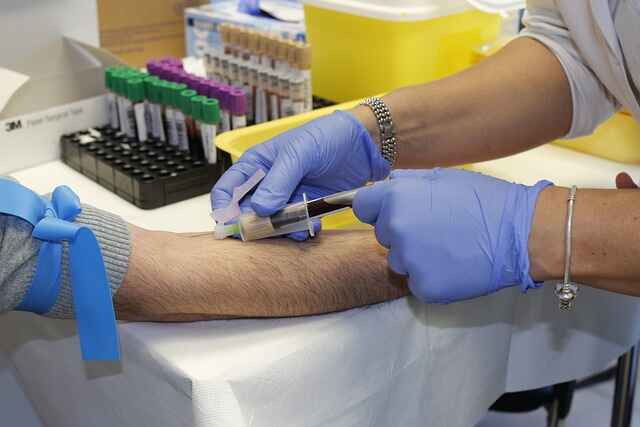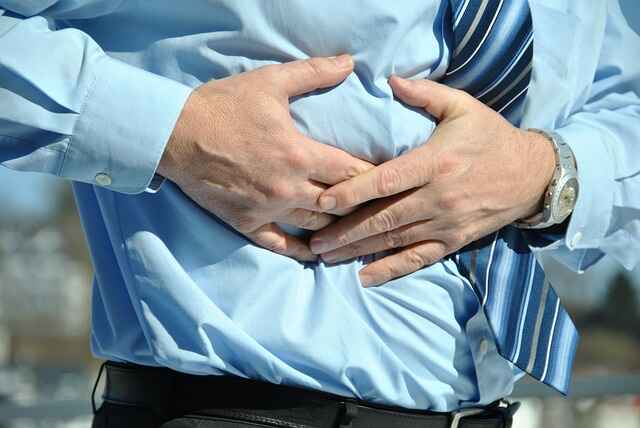Cancer, which extends to the liver, is more common than cancer, which begins in the liver cells. Cancer that usually starts in another area of the body — such as the lung, colon, or breast then spreads to the liver is called metastatic cancer. This kind of cancer has been named after the organ in which it began — such as metastatic colon cancer is a kind of cancer that starts in the colon and spreads to the liver.
What is Liver Cancer?
When malignant (cancer) cells form in the tissues of the liver, that leads to primary liver cancer. Cancer that occurs in other parts of the body and extends to the liver is not primary liver cancer. There are mainly three different types of liver cancer-
- The main adult liver cancer types are Hepatocellular carcinoma and bile duct cancer (cholangiocarcinoma).
- Hepatocellular carcinomas are one kind of liver cancer that is the third leading cause of cancer-related deaths worldwide.
- Primary liver cancer can happen in both adults and children. (Source & Reference)
Causes of Liver Cancer
Although many risk factors for liver cancer are known to the researchers, what is precisely leading normal liver cells to become malignant is only partially understood. Any changes in the DNA of cells of the liver can result in abnormal cell growth and may form cancerous cells. DNA changes in your cells could be inherited from a parent or acquired during a person’s lifetime. DNA provides instructions for every chemical processing in your body. Any change in DNA can cause transform these instructions. One of the effects could lead the cells to grow out of control and eventually turn cancerous.
Risk Factors
- Severe infection with the hepatitis B virus (HBV) or hepatitis C virus (HCV) could be counted as a risk factor for liver cancer.
- Liver cirrhosis is a condition that forms scar tissue in your liver, which could lead to the development of cancerous cells in your liver.
- Liver diseases like hemochromatosis and Wilson’s disease, which have been inherited from your family, is also potential liver cancer risk factor.
- People with blood sugar disorders like diabetes have an increased risk of liver cancer.
- When too much fat accumulates in your liver in that condition, you are at higher risk of liver cancer.
- Aflatoxins are one kind of poisonous chemical produced by molds that grow on poorly stored crops. Exposure to aflatoxins can lead to liver cancer.
- Excessive alcohol consumption daily can lead to potential liver damage and a higher risk of liver cancer.

Symptoms
Liver cancer has several signs and symptoms; if you are experiencing any one or multiple following symptoms, Kindly check with your medical specialist immediately:
- If you are experiencing any form of discomfort in the upper abdomen on the right side area, that could be a sign of liver damage or cancer
- Kindly check if you feel any bloating or hard lump on the right side just below the rib cage
- A swollen or bloated abdomen also could be one of the symptoms of liver cancer
- Jaundice is a condition where the skin and whites of the eyes turn yellow. Also, you might experience light-colored stool and darker color urination. Jaundice is also a prominent sign of liver cancer.
- If you have been getting easily bruised or bleeding excessively could also mean that you might have liver cancer.
- Liver cancer also causes prolonged pain near the back
- Some of the significant symptoms of liver cancer are fatigue, weakness, nausea, vomiting, and frequent fever.
- Rapid loss of weight can also be counted as liver cancer signs.
Diagnosis
If you have symptoms, You will need more tests and scans to check for liver cancer if the general physician refers you to a specialist. First, there will be Medical history and physical examination. After that below-mentioned tests will be required to detect any cancerous development in your liver-
- Ultrasound: This test can show an image of the liver, which would help the doctor detect any growth in the liver, which can then be tested if it is cancerous.
- Computed tomography (CT): This process can help get a detailed image of the liver, which will help with the specific information about the size, shape, and location of any cancerous or noncancerous tumor in the liver or around the abdomen area and nearby blood vessels.
- Magnetic resonance imaging (MRI): MRI creates a detailed picture of the soft tissues in the Liver; this would help determine any trace of abnormal cells in the liver.
- Bone scan: Scanning the bones can help determine if any cancer has spread to the bone
- Biopsy: Collect a small sample of cells from the liver, and that sample will be checked for any trace of cancer in the liver.
- Alpha-fetoprotein blood (AFP) test: This protein is found on higher levels in people with liver disease like liver damage or liver cancer.
- Other blood tests
- Tests for viral hepatitis
- Liver function tests (LFTs)
- Kidney function tests
- Blood clotting tests
- Complete blood count (CBC)

Prevention
- If you have hepatitis B and C infections, do not ignore them; get them treated as soon as possible. Prolonged hepatitis B and C infection can lead to liver cancer
- Avoid smoking and drinking to prevent Liver cancer.
- Maintain a healthy weight, as increased fat can cause liver damage and lead to liver cancer.
Facts
- The incidence of liver cancer in India occurs in two ways, one at the age group around 40 to 55 and another above 60 years.
- 80% of all liver cancer happening in India begins with liver cirrhosis in the background.
- 60% of liver cancer cases are hepatitis B-positive carriers.
Also Read: Lung Cancer: Symptoms, Causes, Risk Factors, Diagnosis, Prevention, Facts





